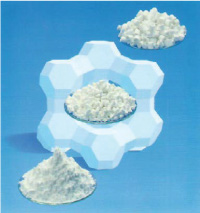 How does zeolite work?
How does zeolite work?
When the contaminated air passes through the material, the hydrocarbons are adsorbed. The material can adsorb a certain amount of hydrocarbons before needing to be regenerated.
A smaller flow of hot air is then directed through the material so that the hydrocarbons release from the zeolite in a higher concentration. This enables more cost-effective incineration.
Resilient to high temperatures
One of it’s strengths is that it is non-combustible – meaning it can withstand very high temperatures.
This means that we are also able to purify volatile hydrocarbons such as fumes emitted from vulcanization, plastic smoke and styrene, all of which require very high temperatures during regeneration.
Read for example more about our Fixed Bed for Heavier Hydrocarbons
Completely regenerated
The resistance to high temperatures and the structure of the material also allows the zeolite to be completely regenerated – meaning that the VOCs completely release from the zeolite when heated.
This means that the system maintains its high purification rate year after year and that the material does not have to be replaced, which gives it a long lifespan and a minimal need for maintenance. Our systems have an availability of over 99% and a lifespan exceeding 25 years.
A Zeotech system has many benefits
Combining the benefits of zeolite with our 30 years of experience in working with air purification gives our customers a supremely sustainable and customized system with low operating costs and high availability.
Feel free to compare us with other technologies or read more about our cleantech industry purification systems:



 How does zeolite work?
How does zeolite work?